Hello, health champions! Today, we’ll share Dr. Ekberg’s keto shopping list, which is especially designed for newcomers and was posted on his YouTube channel.
Whether you’re starting a low-carb keto diet or a seasoned pro, there’s always room to refine and expand your knowledge.
So, let’s dive into the basics and build a foundation for a successful keto journey.

Highlights:
- Clear out your pantry and begin with familiar staples to avoid wasting money on unfamiliar items.
- For convenience, begin with quality frozen meats like grass-fed beef, smaller fish, and frozen veggies.
- For nutrient-rich options, keep fresh spinach, bell peppers, avocados, tomatoes, and lettuce.
- Prioritize healthy fats like butter, olive, coconut, and MCT oil, emphasizing organic choices.
- Opt for keto-friendly snacks like nuts, deli meats, and cheeses to satisfy cravings and stay on track.
Keto Shopping List & Essentials
Stock up on grass-fed beef, chicken thighs, and small fish for proteins, and load your cart with spinach, avocados, and low-carb veggies.
Don’t forget quality fats like butter and olive oil, along with keto-friendly snacks such as nuts, cheese, and dark chocolate.
Opt for stevia-sweetened beverages and replace traditional baking essentials with almond flour and unsweetened shredded coconut.
Plan your meals, cook in batches, and keep your pantry keto-friendly for a successful low-carb journey.
1. Clear Out and Start Fresh
Dr. Ekberg advises against spending a fortune on unfamiliar items. Begin by emptying your pantry of sugary, starchy, and processed foods. Create space for your keto-friendly staples. This is a crucial step to avoid wasting money on ingredients you’re unsure how to use.
2. Frozen Meats

- Grass-fed organic beef: High-quality source of protein and healthy fats.
- Lamb: A flavorful and nutritious meat option.
- Chicken wings and legs: Versatile options for various keto-friendly recipes.
- Fish (flounder, cod, sardines): Opt for small, low-mercury fish for added safety and health benefits.
Start with frozen items, as they have a longer shelf life. Opt for quality meats like grass-fed organic beef or lamb, chicken wings, thighs, and fish.
Dr. Ekberg recommends smaller fish like flounder, cod, and sardines, as they are low in mercury. Frozen veggies like broccoli, cauliflower, and even cauliflower rice are convenient and keto-friendly.
3. Fresh Vegetables
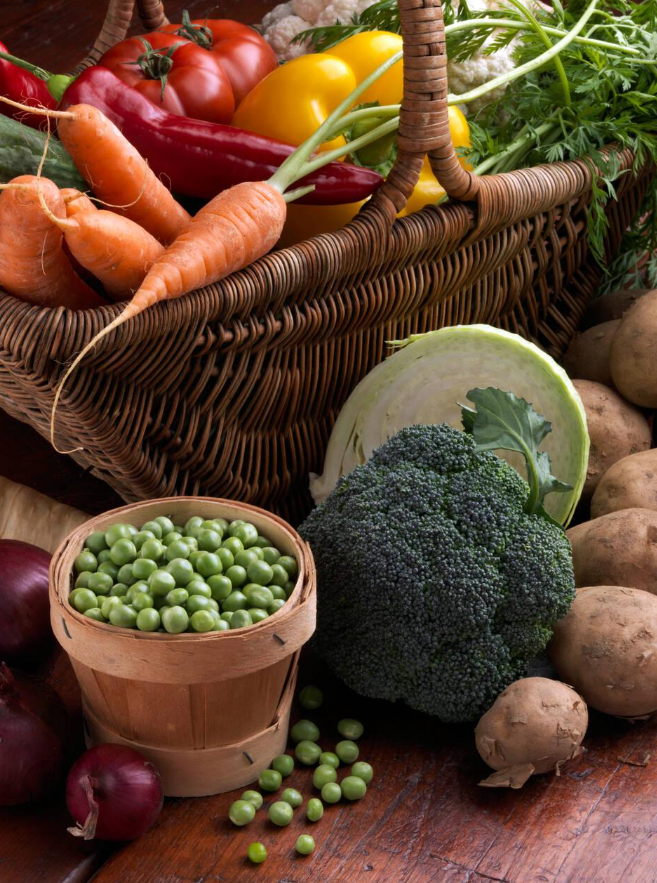
- Spinach: Rich in nutrients and a versatile green for various dishes.
- Bell peppers: Fresh and colorful addition to salads or snacks.
- Cabbage: Long-lasting and budget-friendly, suitable for various keto recipes.
- Avocados: Packed with healthy fats; choose ripe ones for immediate use or unripe ones for extended shelf life.
- Tomatoes: A flavorful option for salads and cooking.
- Lettuce: Essential for salads and as a low-carb wrap alternative.
- Cucumber: Another versatile and hydrating veggie for snacks or salads.
Keep fresh spinach, bell peppers, cabbage, avocados, tomatoes, and lettuce in your kitchen. These versatile veggies can be used in various dishes, ensuring nutrient-rich options are readily available.
4. Quality Fats

- Butter: A keto-friendly cooking fat with rich flavor.
- Extra virgin olive oil: A heart-healthy oil suitable for salad dressings and low-heat cooking.
- Coconut oil: Ideal for high-heat cooking and adds a hint of coconut flavor.
- Coconut cream: Adds creaminess to dishes and beverages.
- MCT oil: A concentrated source of medium-chain triglycerides, providing quick energy.
On a keto diet, fats are essential. Stock up on butter, extra virgin olive oil, coconut oil, coconut cream, and MCT oil. Opt for organic versions to minimize exposure to toxins. If you tolerate dairy, choose full-fat and fermented options like sour cream and raw cheese.
5. Deli Meats

- Ham: Choose quality options without added sugars or preservatives.
- Sausage: Opt for organic choices with minimal additives.
- Pepperoni: A flavorful keto-friendly snack or pizza topping.
Select deli items like ham, sausage, and pepperoni, ensuring they are free from added sugars and preservatives. These make for convenient and satisfying snacks between meals.
6. Nuts and Seeds
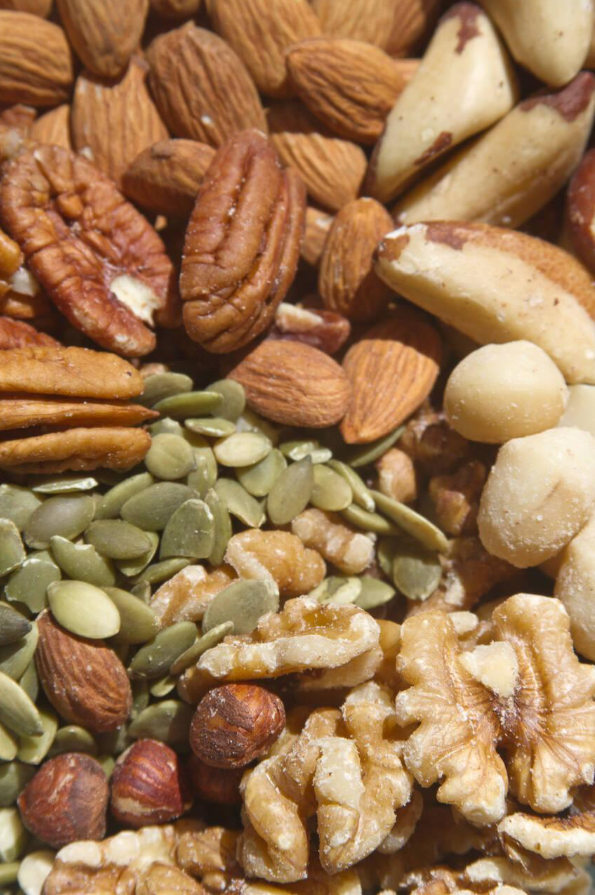
- Macadamia nuts, walnuts, and almonds: Excellent sources of healthy fats and low-carb snacks.
- Chia seeds, flax seeds, hemp seeds, and pumpkin seeds are nutrient-dense additions to meals and snacks.
Load up on nuts and seeds, such as macadamia, walnuts, almonds, chia, flax, hemp, and pumpkin seeds. Keep them in the freezer for extended freshness.
7. Eggs
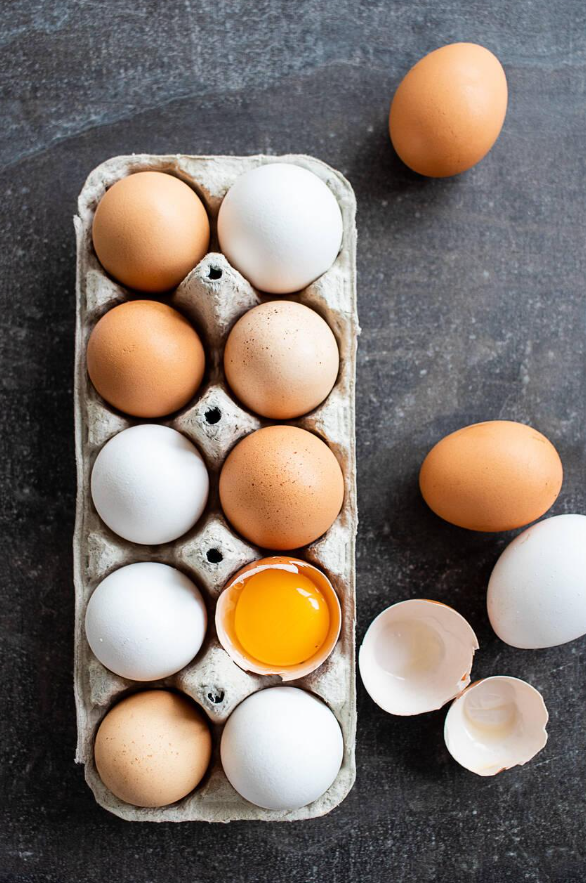
- Pasture-raised eggs: Superior in quality, providing rich, orange-colored yolks.
Eggs are a staple in any keto diet. Look for pasture-raised eggs for their superior quality and taste.
8. Condiments

- Hot sauce: A low-calorie way to add flavor and spice.
- Mustard: A low-carb condiment with various flavors.
- Mayonnaise: Opt for varieties made with healthier oils like avocado oil.
Have hot sauce, mustard, and mayonnaise on hand. Opt for mayonnaise made with healthier oils like avocado oil.
9. Beverages
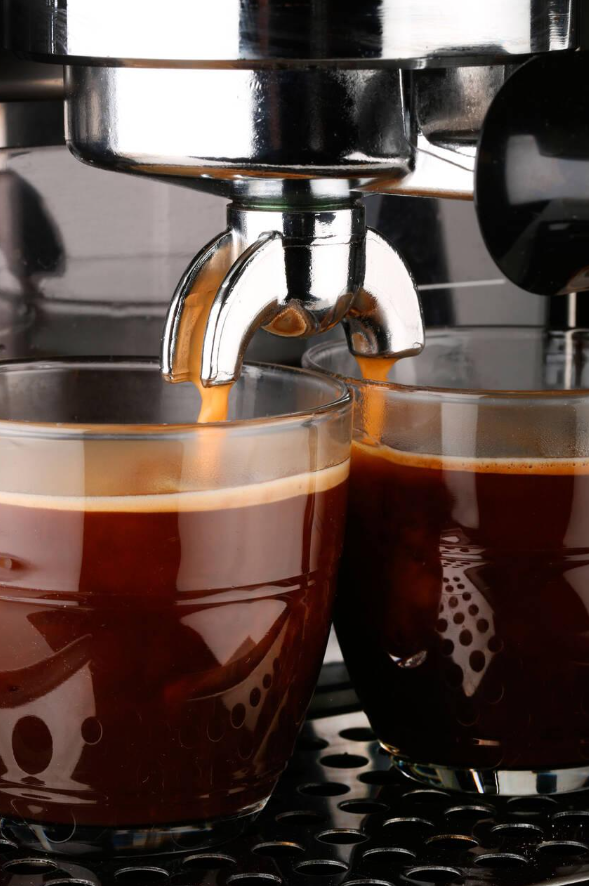
- Coffee: Choose high-quality coffee beans for a rich and satisfying cup.
- Tea (black, green, white, herbal): Various options to suit your taste preferences.
Stock up on a variety of coffee and tea options. Dr. Ekberg recommends ZBIA, a stevia-sweetened soda with no artificial additives, as an occasional treat.
10. Sweeteners

- Stevia and monk fruit (concentrated powder or liquid): Sugar alternatives with minimal impact on blood sugar levels.
While cutting out most sweeteners, you can still use stevia and monk fruit in concentrated forms. Avoid those with fillers and added sugars.
11. Baking Essentials

- Almond flour: A versatile flour substitute for keto-friendly baking.
- Nut butters (peanut, cashew, almond): Adds richness and flavor to recipes.
- Shredded coconut (unsweetened): A low-carb option for baking and cooking.
- Cocoa powder: Essential for keto-friendly desserts and treats.
- Dark chocolate (80% cocoa or above): An occasional treat with minimal sugar content.
For keto-friendly baking, have almond flour, nut butters, shredded coconut (unsweetened), and cocoa powder in your pantry. Dark chocolate with at least 80% cocoa is suitable for an occasional treat.
12. Snack Options
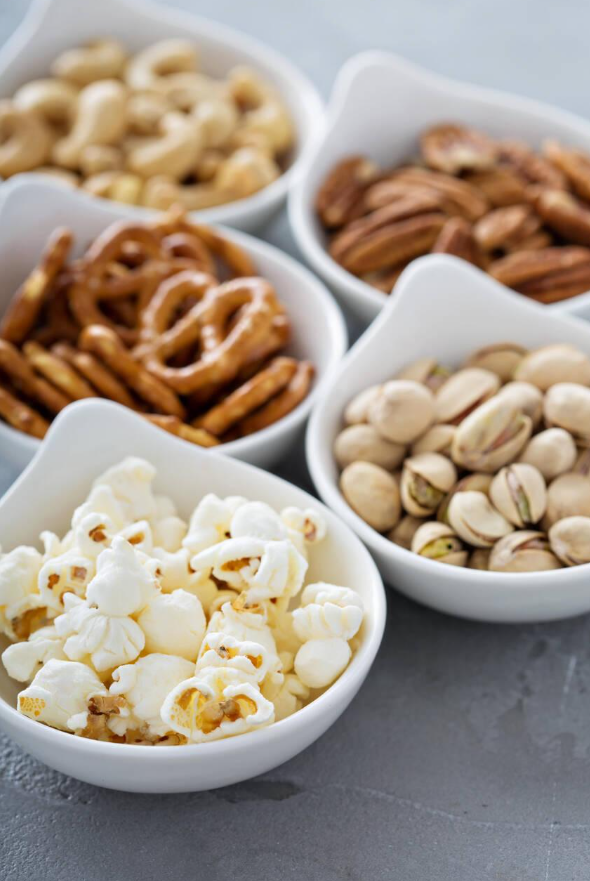
- Sardines: A nutrient-dense snack rich in omega-3 fatty acids.
- Ham, sausage, pepperoni: Convenient and satisfying keto-friendly snacks.
- Cheese: Choose quality options, and consider raw cheese for additional health benefits.
- Nuts: Macadamia nuts, walnuts, almonds – a go-to for quick, satisfying snacks.
Keep easy-to-grab snacks like sardines, avocado, ham, sausage, pepperoni, cheese, and nuts on hand. These are crucial for satisfying cravings and preventing falling off the keto wagon.
13. Meal Preparation

- Cook in large batches: Prepare stews, casseroles, or keto-friendly baked goods in bulk for easy access to ready-made meals.
- Freeze portions: Enhance convenience by freezing keto-friendly meals for extended shelf life.
Dr. Ekberg suggests cooking in large batches and freezing portions. This saves time and ensures you always have a keto-friendly meal ready.
14. Miscellaneous

- ZBIA (stevia-sweetened soda): A low-carb soda option for occasional treats.
- Coffee and tea varieties: Explore different options for added variety.
- Stevia and monk fruit (concentrated powder or liquid): Sweeteners with minimal impact on blood sugar levels.
FAQs
Can I eat fruits on a keto diet?
Fruits are high in natural sugars, making them unsuitable for a strict keto diet. However, small portions of berries like strawberries, raspberries, and blackberries can be consumed in moderation.
Are artificial sweeteners safe on a keto diet?
While many artificial sweeteners are low in carbs, some may impact blood sugar levels. Stevia and monk fruit in their pure forms are safe alternatives. Always check for added fillers or sugars in packaged products.
Can I have dairy on a keto diet if I’m lactose intolerant?
If you’re lactose intolerant, you may choose lactose-free dairy options. However, some individuals opt for dairy alternatives like almond or coconut milk to avoid potential sensitivities.
How do I determine the right portion sizes on a keto diet?
Portion control is essential on keto. Pay attention to your body’s hunger and fullness cues. While tracking macros can be helpful initially, eventually, you’ll develop an intuitive sense of portion sizes.
Is it necessary to count calories on a keto diet?
A: While some people successfully count calories, keto primarily focuses on macronutrient ratios. Monitoring your carb intake, ensuring an adequate protein intake, and adjusting fat consumption based on your energy needs is essential.
Can I follow a keto diet if I’m a vegetarian or vegan?
Yes, a keto diet can be adapted for vegetarians and vegans. Focus on low-carb vegetables, plant-based fats like avocados and coconut oil, and protein sources like tofu and tempeh.
How do I handle keto cravings?
A: Keep keto-friendly snacks on hand, like nuts, seeds, or cheese, to curb cravings. Staying hydrated and meeting your nutritional needs can also help minimize cravings.
Can I eat out on a keto diet?
Yes, you can eat out on keto. Opt for grilled meats, salads with low-carb dressings, and non-starchy vegetables. Many restaurants now offer keto-friendly options.
Will I experience the “keto flu”?
Some people may experience temporary symptoms like fatigue and headaches when transitioning to keto, known as the “keto flu.” Staying hydrated, replenishing electrolytes, and gradually reducing carb intake can help alleviate these symptoms.
Conclusion
| Category | Items | Details |
|---|---|---|
| Frozen Meats | – Grass-fed organic beef | High-quality source of protein and healthy fats. |
| – Lamb | A flavorful and nutritious meat option. | |
| – Chicken wings and thighs | Versatile options for various keto-friendly recipes. | |
| – Fish (flounder, cod, sardines) | Opt for small, low-mercury fish for added safety and health benefits. | |
| Fresh Vegetables | – Spinach | Rich in nutrients and a versatile green for various dishes. |
| – Bell peppers | Fresh and colorful addition to salads or snacks. | |
| – Cabbage | Long-lasting and budget-friendly, suitable for various keto recipes. | |
| – Avocados | Packed with healthy fats; choose ripe ones for immediate use or unripe ones for extended shelf life. | |
| – Tomatoes | A flavorful option for salads and cooking. | |
| – Lettuce | Essential for salads and as a low-carb wrap alternative. | |
| – Cucumber | Another versatile and hydrating veggie for snacks or salads. | |
| Quality Fats | – Butter | A keto-friendly cooking fat with rich flavor. |
| – Extra virgin olive oil | A heart-healthy oil suitable for salad dressings and low-heat cooking. | |
| – Coconut oil | Ideal for high-heat cooking and adds a hint of coconut flavor. | |
| – Coconut cream | Adds creaminess to dishes and beverages. | |
| – MCT oil | A concentrated source of medium-chain triglycerides, providing quick energy. | |
| Deli Meats | – Ham | Choose quality options without added sugars or preservatives. |
| – Sausage | Opt for organic choices with minimal additives. | |
| – Pepperoni | A flavorful keto-friendly snack or pizza topping. | |
| Nuts and Seeds | – Macadamia nuts, walnuts, almonds | Excellent sources of healthy fats and low-carb snacks. |
| – Chia seeds, flax seeds, hemp seeds, pumpkin seeds | Nutrient-dense additions to meals and snacks. | |
| Eggs | – Pasture-raised eggs | Superior in quality, providing rich, orange-colored yolks. |
| Condiments | – Hot sauce | A low-calorie way to add flavor and spice. |
| – Mustard | A low-carb condiment with various flavors. | |
| – Mayonnaise | Opt for varieties made with healthier oils like avocado oil. | |
| Beverages | – Coffee | Choose high-quality coffee beans for a rich and satisfying cup. |
| – Tea (black, green, white, herbal) | A variety of options to suit your taste preferences. | |
| Sweeteners | – Stevia and monk fruit (concentrated powder or liquid) | Sugar alternatives with minimal impact on blood sugar levels. |
| Baking Essentials | – Almond flour | A versatile flour substitute for keto-friendly baking. |
| – Nut butters (peanut, cashew, almond) | Adds richness and flavor to recipes. | |
| – Shredded coconut (unsweetened) | A low-carb option for baking and cooking. | |
| – Cocoa powder | Essential for keto-friendly desserts and treats. | |
| – Dark chocolate (80% cocoa or above) | An occasional treat with minimal sugar content. | |
| Snack Options | – Sardines | A nutrient-dense snack rich in omega-3 fatty acids. |
| – Ham, sausage, pepperoni | Convenient and satisfying keto-friendly snacks. | |
| – Cheese | Choose quality options, and consider raw cheese for additional health benefits. | |
| – Nuts | Macadamia nuts, walnuts, almonds – a go-to for quick, satisfying snacks. | |
| Meal Preparation | – Cook in large batches | Prepare stews, casseroles, or keto-friendly baked goods in bulk for easy access to ready-made meals. |
| – Freeze portions | Enhance convenience by freezing keto-friendly meals for extended shelf life. | |
| Miscellaneous | – ZBIA (stevia-sweetened soda) | A low-carb soda option for occasional treats. |
| – Coffee and tea varieties | Explore different options for added variety. | |
| – Stevia and monk fruit (concentrated powder or liquid) | Sweeteners with minimal impact on blood sugar levels. |
Remember, simplicity is key when starting your keto journey. Master the basics, gradually expand your repertoire, and develop new skills to make your keto lifestyle sustainable and enjoyable. So, stock up on these essentials and embark on a journey to improved health and vitality.

Hello! I’m Paula Deen, a mother who loves to create memories in the kitchen. As a kitchen enthusiast, I love to do experiment with different kitchenware for daily recipes. This is my blog, where I’ll share my experience, knowledge, and reviews on various kitchenware and appliances.